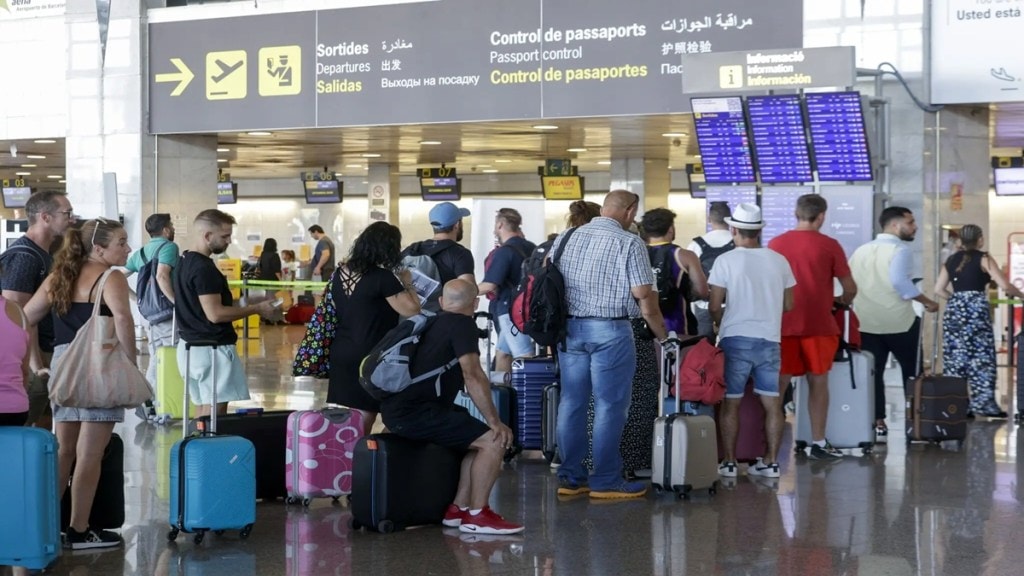Starting October 12, the European Union’s Entry/Exit System (EES) has bee implemented for non-EU nationals traveling to Schengen areas.
This is a new digital border system that will change requirements for British citizens travelling to the Schengen area. The EES applies to you if you are a non-EU national travelling for a short stay to a European country using the EES and you either possess a short-stay visa; or do not need a visa to stay for a maximum of 90 days in any 180 days. The period of 90 days in any 180 days is calculated as a single period for all the European countries using the EES.
Your travel document data and other personal data will be collected, including your entry and exit dates, and will be registered electronically in the system. This procedure will facilitate your border crossing.
If you overstay the period allowed in the European countries using the EES, the system will identify you and record this information. In the event that the authorities refuse you entry, the system will also record this information.
Your digital EES record is valid for 3 years. If you enter the Schengen area again during this time, you will only need to provide a fingerprint or photo at the border when you enter and exit.
The countries in the Schengen area are Austria, Belgium, Bulgaria, Croatia, the Czech Republic, Denmark, Estonia, Finland, France, Germany, Greece, Hungary, Iceland, Italy, Latvia, Liechtenstein, Lithuania, Luxembourg, Malta, the Netherlands, Norway, Poland, Portugal, Romania, Slovakia, Slovenia, Spain, Sweden, and Switzerland. The Republic of Ireland and Cyprus are not within the Schengen area, and therefore, EES is not applicable when travelling to either of these countries.
The Entry/Exit System (EES) will be deployed gradually across the external borders of the 29 European countries over a period of 6 months.
These European countries will introduce the different elements of the EES in phases, including the collection of biometric data, such as facial image and fingerprints.
This means that travellers’ biometric data (facial image and fingerprints) might not be collected at every border crossing point right away, and their personal information may not be registered in the system. Passports will continue to be stamped as usual.
This progressive implementation will last until 9 April 2026. From 10 April 2026, the EES will be fully operational at all external border crossing points of the European countries using the system.
After implementation, EES registration will substitute the manual passport stamping system for visitors arriving in the EU.
If you are traveling to a Schengen area country on a UK passport for a short stay, you must register your biometric details upon arrival, including fingerprints and a photo. No prior action is required, and EES registration is free of charge.
If you are flying to a country in the Schengen area, you will complete EES checks when you arrive at your destination. The checks may take a few minutes, so be prepared to wait during busy times.
Upon entering the Schengen area for the first time, you must create a digital record, which includes submitting fingerprints and having your photo taken at designated booths at the port or airport.
If you enter the Schengen area through the Port of Dover, Eurotunnel at Folkestone or St Pancras International, EES checks will be completed at the border, before you leave the UK. You may also need to provide either your fingerprint or photo when you leave the Schengen area.
If you travel to the Schengen area, ensure your stay does not exceed 90 days within any 180 days, and be aware of penalties for exceeding this limit in individual Member States.
EES aims to enhance EU border security. In 2026, the EU will launch the European Travel Information and Authorisation System (ETIAS), requiring personal information, trip details, and a 20 Euro fee for authorization.

